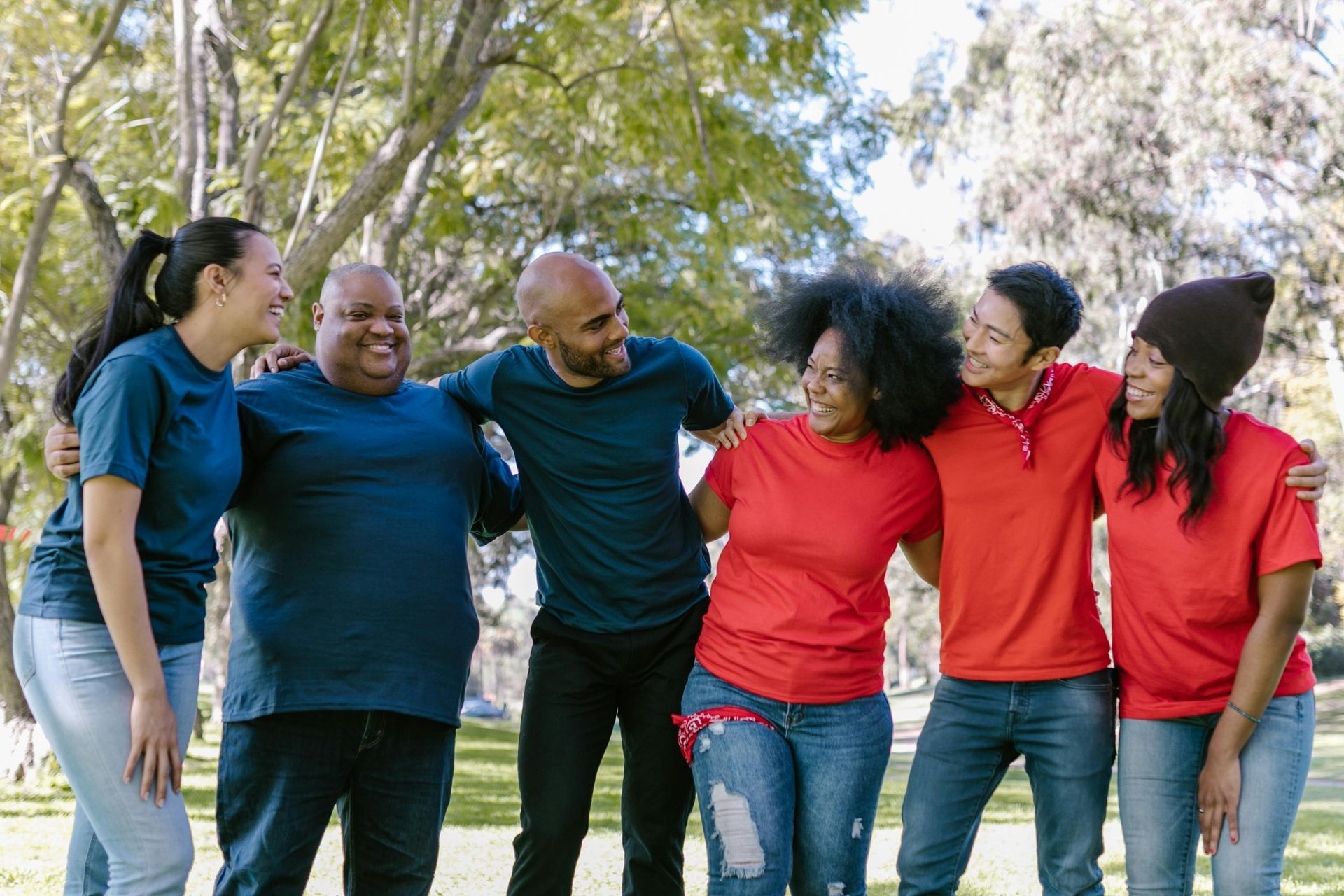Navigating the Chaos
Arrivals and Departures at Large Venues

Large venues, stadiums, arenas, major exhibitions, or sprawling university campuses can be overwhelming. With multiple entrances, vast parking areas, and busy transport hubs, there’s a real risk of losing valuable time, or worse, losing track of people.
I’ve seen the confusion that erupts when a group isn’t crystal clear on precisely where to meet, when to move, and who is responsible for which students. A vague plan like "meet at the front gate" is a recipe for chaos at a venue with six different "front gates."
The Three Pillars of Seamless Coordination
An effective arrival and departure strategy is about replacing ambiguity with precision. It’s built on a foundation of clear mapping, zoned supervision, and real-time communication.
1. Pre-Excursion Briefing & Digital Mapping
Your coordination plan begins before you even leave school. Providing clear visual aids in advance is crucial for staff, volunteers, and older students. A tool like Xcursion Planner is essential for this stage, allowing you to:
· Map exact arrival and departure points, using GPS pins so there is no confusion.
· Distribute digital maps to all staff, ensuring everyone has the plan on their device.
· Mark key locations, such as first aid posts, toilet blocks, and emergency assembly areas.
2. Zoned & Timed Arrival/Departure Plan
For large groups, a "divide and conquer" strategy is often the safest and most efficient approach. For a major concert excursion I ran, we split the group into three smaller teams for entry. Each had its own designated entrance, meeting time, and trip leader. Using Xcursion Planner, we were able to:
· Assign trip leaders to oversee specific entrances or loading zones.
· Track each group’s status as they arrived and entered the venue.
· Regroup smoothly afterward at a pre-mapped collection point.
This zoned approach reduces congestion and makes headcounts far more manageable.
3. Real-Time Communication & Incident Logging
Even the best plans can be disrupted by last-minute changes from the venue. A closed entrance or a moved bus bay requires instant communication to your team. Your system should allow you to:
· Maintain a reliable communication channel with all trip leaders.
· Log real-time changes and updates, so if the venue adjusts entry routes, the entire team can be notified instantly.
Clear coordination at large venues makes the difference between an exciting, memorable day and a chaotic, stressful one. By implementing a precise plan for mapping, supervision, and communication, you create a safe and structured environment that allows everyone to focus on the experience.











